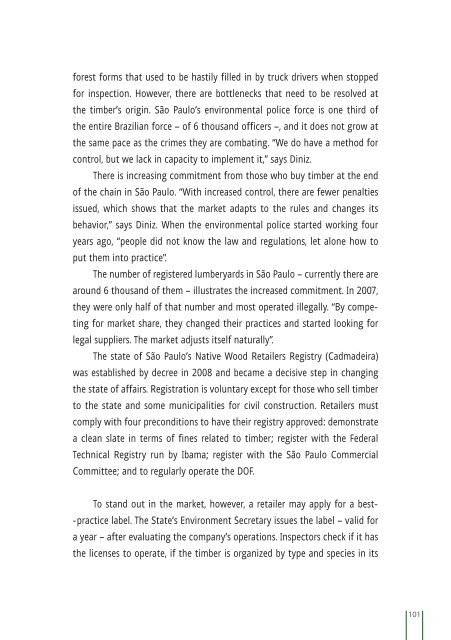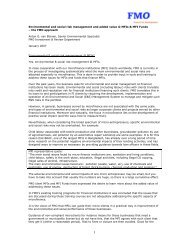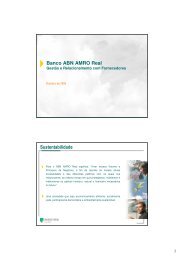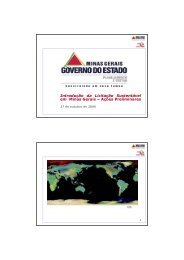From the forest to the consumer - GVces - Fundação Getulio Vargas
From the forest to the consumer - GVces - Fundação Getulio Vargas
From the forest to the consumer - GVces - Fundação Getulio Vargas
You also want an ePaper? Increase the reach of your titles
YUMPU automatically turns print PDFs into web optimized ePapers that Google loves.
<strong>forest</strong> forms that used <strong>to</strong> be hastily filled in by truck drivers when s<strong>to</strong>pped<br />
for inspection. However, <strong>the</strong>re are bottlenecks that need <strong>to</strong> be resolved at<br />
<strong>the</strong> timber’s origin. São Paulo’s environmental police force is one third of<br />
<strong>the</strong> entire Brazilian force – of 6 thousand officers –, and it does not grow at<br />
<strong>the</strong> same pace as <strong>the</strong> crimes <strong>the</strong>y are combating. “We do have a method for<br />
control, but we lack in capacity <strong>to</strong> implement it,” says Diniz.<br />
There is increasing commitment from those who buy timber at <strong>the</strong> end<br />
of <strong>the</strong> chain in São Paulo. “With increased control, <strong>the</strong>re are fewer penalties<br />
issued, which shows that <strong>the</strong> market adapts <strong>to</strong> <strong>the</strong> rules and changes its<br />
behavior,” says Diniz. When <strong>the</strong> environmental police started working four<br />
years ago, “people did not know <strong>the</strong> law and regulations, let alone how <strong>to</strong><br />
put <strong>the</strong>m in<strong>to</strong> practice”.<br />
The number of registered lumberyards in São Paulo – currently <strong>the</strong>re are<br />
around 6 thousand of <strong>the</strong>m – illustrates <strong>the</strong> increased commitment. In 2007,<br />
<strong>the</strong>y were only half of that number and most operated illegally. “By competing<br />
for market share, <strong>the</strong>y changed <strong>the</strong>ir practices and started looking for<br />
legal suppliers. The market adjusts itself naturally”.<br />
The state of São Paulo’s Native Wood Retailers Registry (Cadmadeira)<br />
was established by decree in 2008 and became a decisive step in changing<br />
<strong>the</strong> state of affairs. Registration is voluntary except for those who sell timber<br />
<strong>to</strong> <strong>the</strong> state and some municipalities for civil construction. Retailers must<br />
comply with four preconditions <strong>to</strong> have <strong>the</strong>ir registry approved: demonstrate<br />
a clean slate in terms of fines related <strong>to</strong> timber; register with <strong>the</strong> Federal<br />
Technical Registry run by Ibama; register with <strong>the</strong> São Paulo Commercial<br />
Committee; and <strong>to</strong> regularly operate <strong>the</strong> DOF.<br />
To stand out in <strong>the</strong> market, however, a retailer may apply for a best-<br />
-practice label. The State’s Environment Secretary issues <strong>the</strong> label – valid for<br />
a year – after evaluating <strong>the</strong> company’s operations. Inspec<strong>to</strong>rs check if it has<br />
<strong>the</strong> licenses <strong>to</strong> operate, if <strong>the</strong> timber is organized by type and species in its<br />
101








